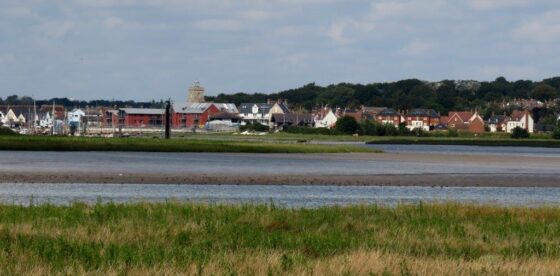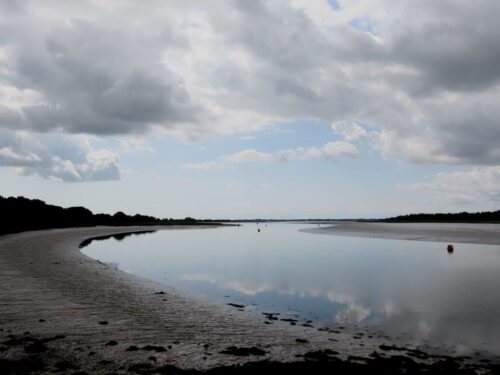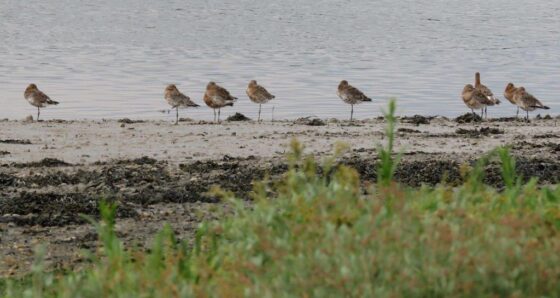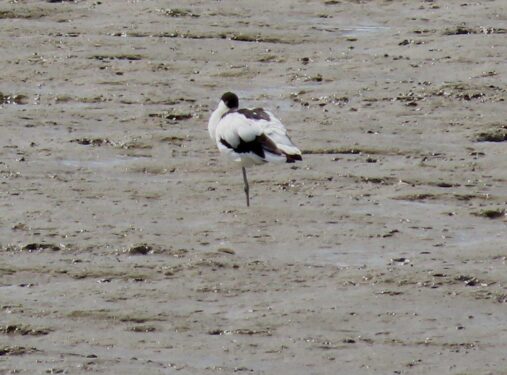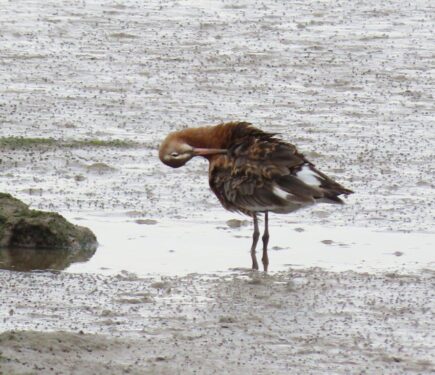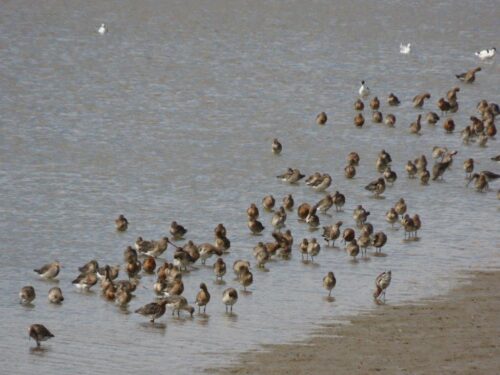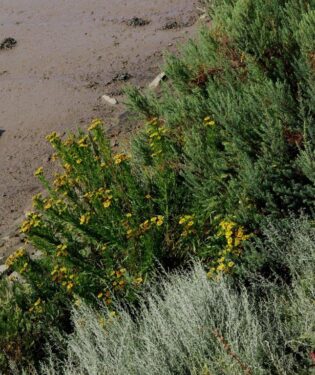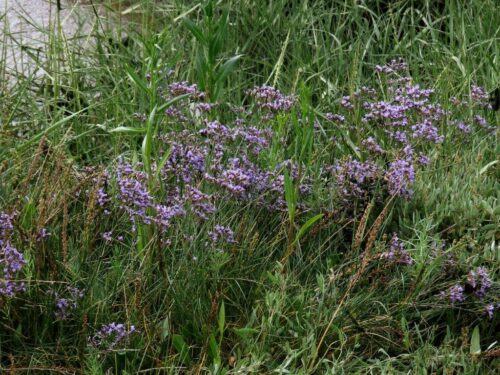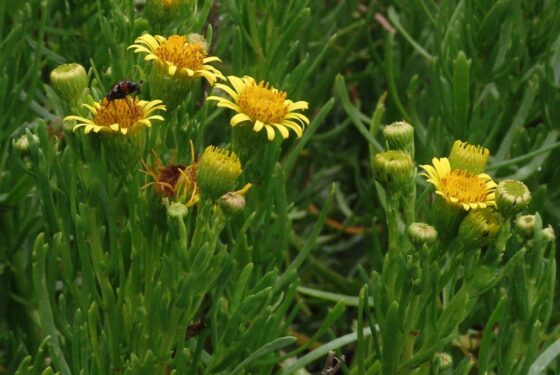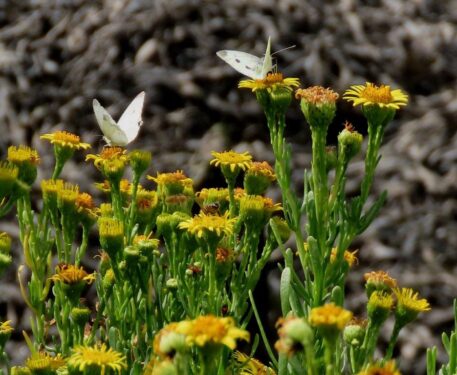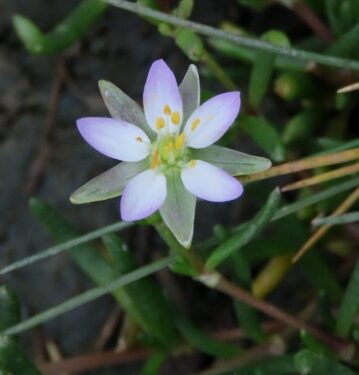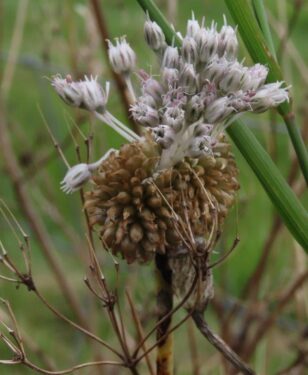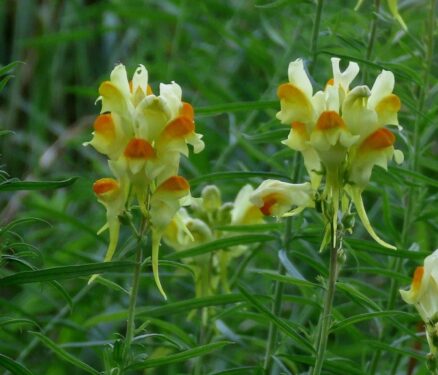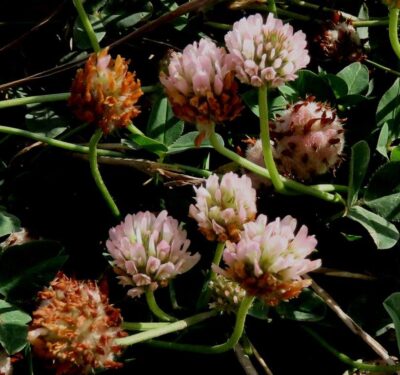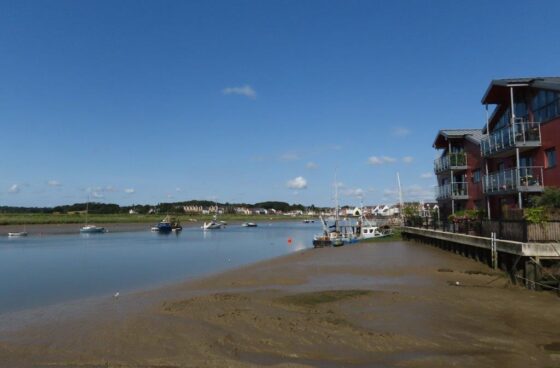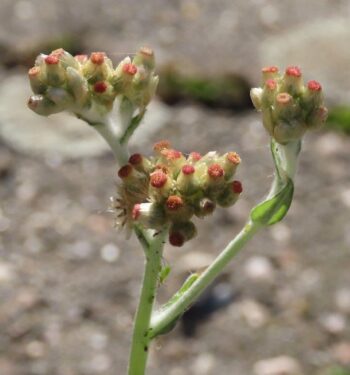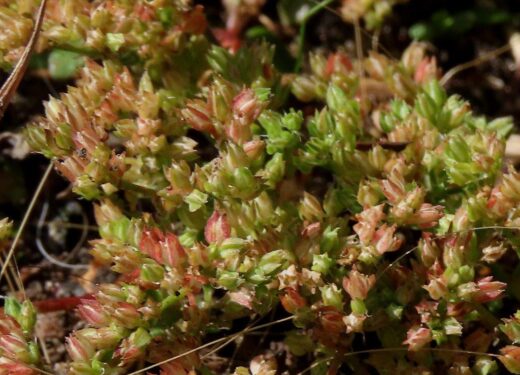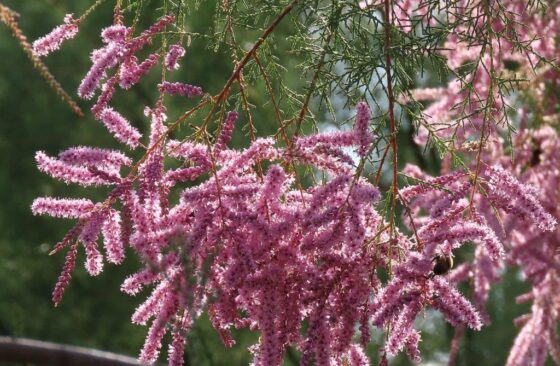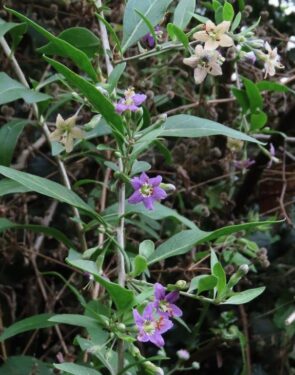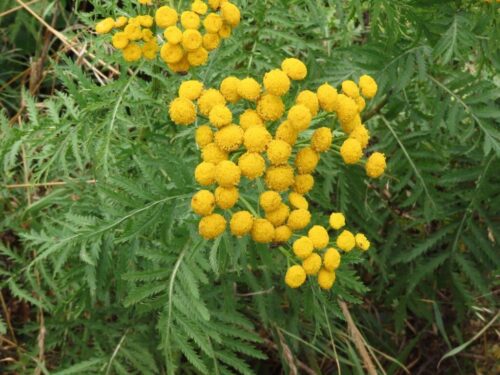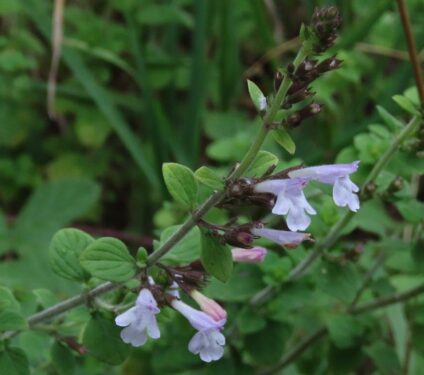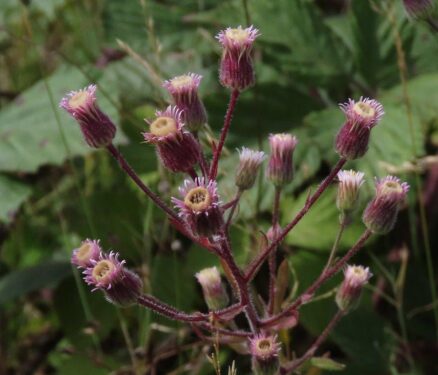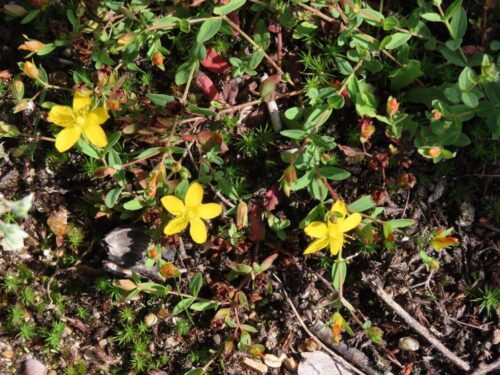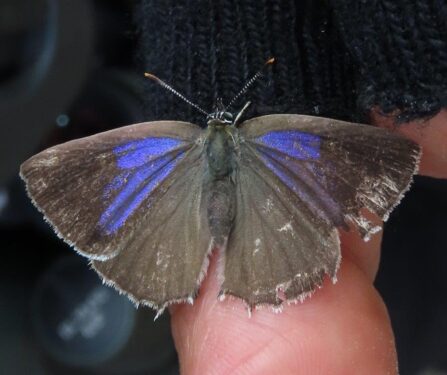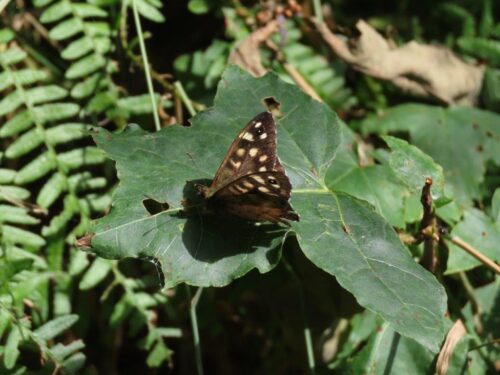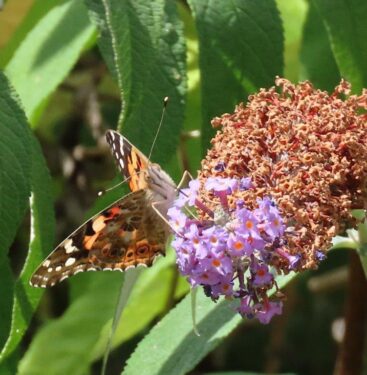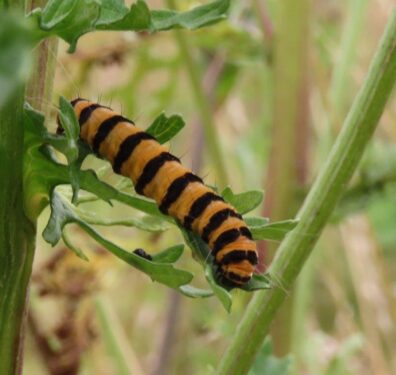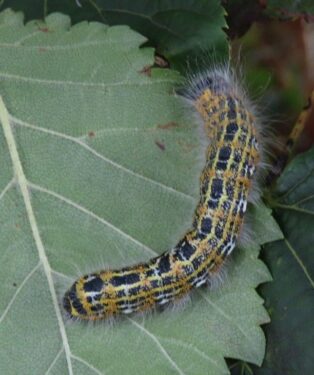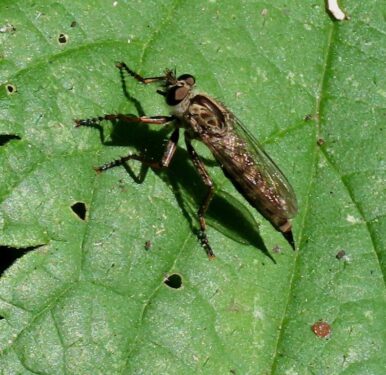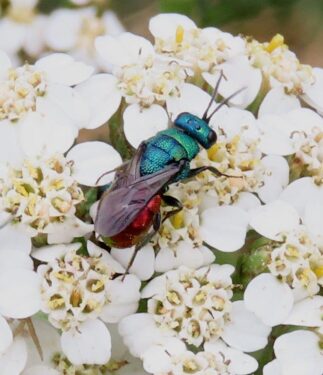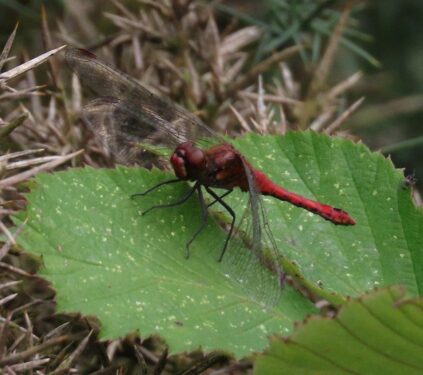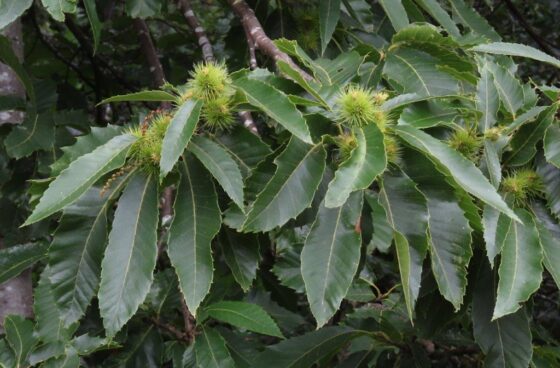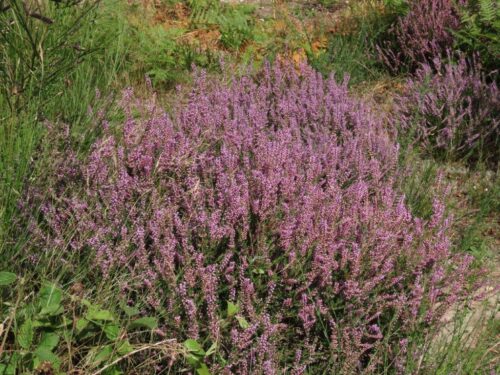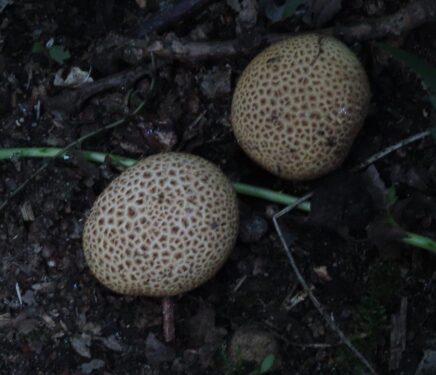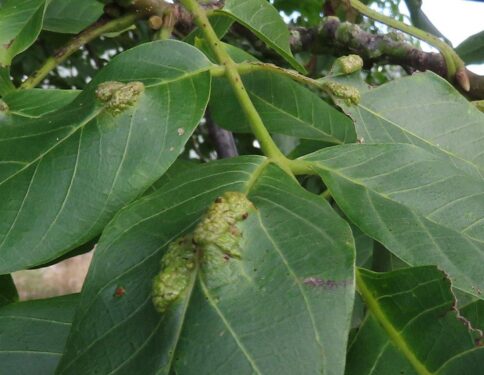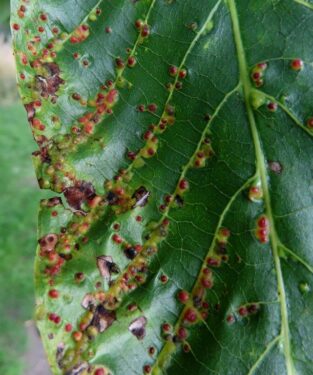Two walks this month, one at either end of the period, marked the transition from midsummer to the approach of autumn. Both were in lovely warm, largely sunny, weather and there was plenty to keep the two groups interested. As always a mix of everything featured on the ambles, from birds to insects to geology to social history of this lovely part of north-east Essex.
Bird numbers on the estuary have built during the month, especially the returning waders from northern climes, many still in full breeding plumage at least at the start of the month. Black-tailed Godwits built from 20 to 400, Avocets from 40 to 80, along with growing numbers of Curlew and Redshank, and a few Turnstones, Lapwings and Greenshanks.
On the saltmarshes, Sea-lavender has peaked while Golden Samphire picked up the flowery baton, and will shortly be passing that on to Sea Aster. All are great places to look for nectaring butterflies and other insects.
Other saltmarsh and sea wall specialists flowering well included Greater Sea-spurrey, Crow Garlic, Common Toadflax and Strawberry Clover, the latter localised to those spots that the furthest tendrils of the tide just reach.
Along Wivenhoe Waterfront, the two botanical highlights of Jersey Cudweed and Four-leaved Allseed flowered throughout the month, albeit overshadowed by the ‘Second Spring’ of Tamarisk.
Some other botanical highlights included Duke-of-Argyll’s Tea-tree and Tansy, both a magnet for hoverflies and bees…
…together with the flowering glories of the dry, skeletal soils of the Essex Alps: Lesser Calamint, Blue Fleabane, Trailing St John’s Wort, and our precious patch of Heather.
As far as insects are concerned, Purple Hairstreaks were still on the wing at the start of August, while by the end of the month, new brood emergences of Speckled Wood and Red Admiral were apparent. The latter were especially a feature of the few Buddleias in the Cockaynes Reserve, with sometimes twenty to a bush, along with similarly pristine Small Tortoiseshells, Commas and Painted Ladies, and the last few tattered Meadow Browns and Gatekeepers.
The caterpillars of Cinnabar and Buff-tip, ripe for pupation, were in evidence, along with many other insects, from robber-flies to jewel-wasps.
And as always at this time of year, dragonflies have been abundant. Common and Ruddy Darters and Migrant Hawkers predominated, but they also included Brown, Southern and Southern Migrant Hawkers, especially around Cockaynes.
While Yellowhammers were still singing for our first walk, the second was within silent woods, save for the plaintive autumn cadence of Robins just starting up.
Highlighting the turn of the season, Sweet Chestnuts are fattening, Heather blooms are fading, fungi are sprouting and galls forming on oak leaves and rose bushes….
And it is to galls we turn for the highlight of the month. The large Walnut in St Mary’s Churchyard has long featured the lumpy, brain-like pouches of the common gall mite Aceria erinea, but this year it features alongside the smaller, redder and rarer galls of Aceria tristriata. On consulting WildGuides’ Britain’s Plant Galls, it ‘seems to be of very local occurrence’, and according to the NBN there are only 11 previous UK records, the nearest being in the vicinity of Norwich, Peterborough and Oxford. Always a surprise in store with @Naturetrektours in #WildWivenhoe!
